Learn how to create triptychs with images
What is a triptych?
A triptych is a set of three associated artistic, literary or musical works intended to be appreciated together. In photography, a triptych might involve taking one image and splitting it up into three different sections. It might also be taking three separate images that are related and putting them together to tell a story.
Why is it important to create triptychs?
Creating triptychs is just one more way to add impact to your work as you display it. It’s also a great way to sell your art and photography if you’re looking at trying to make some money with your work.
How to best photograph to create a triptych
When photographing a scene you think will make a good triptych, choose to shoot so that your image has depth to it. Using a wide-angle lens or creating a panorama is a good way to shoot if you intend to split the image into three sections. When you are shooting to tell a story, be sure to photograph all parts of the scene, wide, close and details. That way you have three images that work together to tell the story of the entire scene.
Be creative when displaying your triptych
There are quite a few different ways you can display your triptych once you’ve created the images. Experiment with different color backgrounds if you’re sharing on social media. If you’re going to print and frame them, check out different colors and types of mats and frames. Get creative, put your prints down on a table and rearrange them until you feel they look best. Also try using different sizes, they do not all have to be the same size.
In the end, triptychs are a great way to display a series of three images that work together to tell a story.
Photo BootCamp Magazine
Let’s see the triptych images that our BootCamp members created for this month’s challenge.
And be sure to check out how you can join BootCamp at the end of the magazine!
Below is a small sample of what’s in this magazine…
Join The Fastest, ‘Funnest’ Way To Improve Your Photography!
- Discover exciting new skills
- Rekindle your passion for taking photos
- Improve fast with helpful feedback
- Experience enjoyment and progress
Inside BootCamp Magazine
Featured Artist
Let’s take a look at this month’s magazine. Here is our featured artist of the month, Brenda Potts, from the United States.
We are seeing so many amazing triptychs this month! Here is Brenda’s entry for the triptych challenge. This shot was taken with an iPhone 12 Pro in Hawai’i (Lahaina, Maui, Jan 2021). Brenda’s other two triptychs were sets of three different images. This photo is one image split into three sections. The black background made the colors pop more than a white background.
Comment: Anthony Cadden – “Love the rainbow, hard to get such a perfect circle.”
Cover Image
This month’s featured magazine cover image is by Jane Prestegard from the United States. She took these images several years ago at the Getty Villa in Malibu, California. The museum, a re-creation of a Roman villa, houses ancient Roman, Greek and Etruscan art and sculptures. Since it was Valentine’s Day, Jane supposed that is what drew her to the images. She decided to place the figures looking at each other, though did consider placing them looking away from each other, which would have offered a feeling of sorrow and loss. She chose otherwise for the special day. Jane decided to title it “Desire”. She intentionally left the soft focus on the female rather than sharpening it to match the male.
Comment: Rhiana Barrington – “Jane I love this! It really tells a story. The composition is well thought out and the frame really complements the photos. Well Done!”
Active Members
Let’s take a look at some of the triptychs our BootCamp members’ created this month.
We’ll start with Rhiana Barrington from Australia. Rhiana thought this was an interesting challenge and had fun trying out something new. She struggled a bit with getting the page setup correct. For some reason, Windows doesn’t want to behave like Brent’s tutorial and wouldn’t let her create a custom page size so she used the printer presets. The closest she could find was DL Long Edge which isn’t really right but at least it isn’t A4. If anyone knows how to do a custom page on a PC instead of a Mac please let her know. Jane would be very grateful. These images are from the Melbourne Zoo and thought she would tell a story with her triptych about the Meerkats and how they are all sort of family.
Comment: Peter Dwight – “Top job Rhiana. Nice layout with border & even color tones throughout, everyone is looking in the right place, great Triptych.”
Next, we have Susan Swyny from Singapore. Susan has always been fascinated by doors, especially old doors. They have so much character. She selected these three as they all have neutral tones and seem to go together. Susan really enjoyed this challenge!
Comment: Brent Mail – “Just love this triptych you’ve created your Susan – and a HUGE WELCOME to BootCamp. I think the subjects would make for great monochrome images too. Good choice of doors showing great balance between left and right as well as the darks of the 2 side doors at the top balancing with the dark stone in the bottom middle shot. Perfect.”
Christian Piron from Belgium is next. Because it’s BootCamp’s third birthday, he decided to create a birthday version for the challenge. Christian made a triptych with a story with a wink. The story is rather obvious and he believed it doesn’t need many words. ;-))
Then we have Marti Harvey from the United States. She learned how to create the square images from Brent’s tutorial and then researched how to create various templates. She decided with this image that an artsy, progressive triptych would be creative and different. Each rectangle progresses in height as well as width. Marti tried several other images before settling on this one as it takes a rather specific type of image to fit this type of template. This is from the top of Mt. Evans (14,265 ft) in Colorado in June.
Comment: Kerrie Clarke – “Love this, Marti! The stepping up of the frames leads my eye beautifully through the entire image. Each image is really engaging in itself, love the layers of mountains leading through to the goats. What an amazing moment!! Well done.”
And last but not least, is this image from Richard Hutson who lives in the United States. “San Francisco Skyline.” This was shot from his roof deck to capture the clouds above the buildings. The triptych was created by trifurcating a single photo. Looks like he finally got it right-sized! Yeah!
Comment: Ron du Bois – “Perfect subject for a triptych Richard and nicely composed. The width of the margins between the images is a bit distracting and I wonder whether thinner margins might be better. I do like the margin colour that matches the brooding clouds.”
You can also share your images by joining Photo BootCamp Academy and can count on the community to help and guide you along the way. If you are not yet a member of this awesome family now is the best time to become one.
You can check out the complete BootCamp Magazine and see for yourself!
Summary
- A triptych is a set of three associated, artistic, literary or musical works intended to be appreciated together.
- In photography, a triptych might be one image split into three sections or three images that work together to tell a story.
- Creating triptychs is just another way to showcase your work and can be a good way to sell your prints.
- When photographing a scene with creating a triptych in mind, choose to shoot so you have depth to your image.
- Using a wide-angle lens or creating multiple-shot panoramas works well when creating triptychs.
- Experiment with different layouts, backgrounds and templates when making the final triptych.
Related Articles
Did you enjoy this article? Check out these related articles, too:
- Choosing Your Top Shots And Best Images From The Past Year
How to pick your very best photo’s – my 3 step system. - Creating Moody, Artistic Photos With Low Key Photography
What does LOW KEY mean in photography? - Creating Cheerful, Artistic Photos With High Key Photography
What does HIGH KEY mean in photography?.
Do This Now
Please leave me a comment below – I’d love to know what you think. Brent

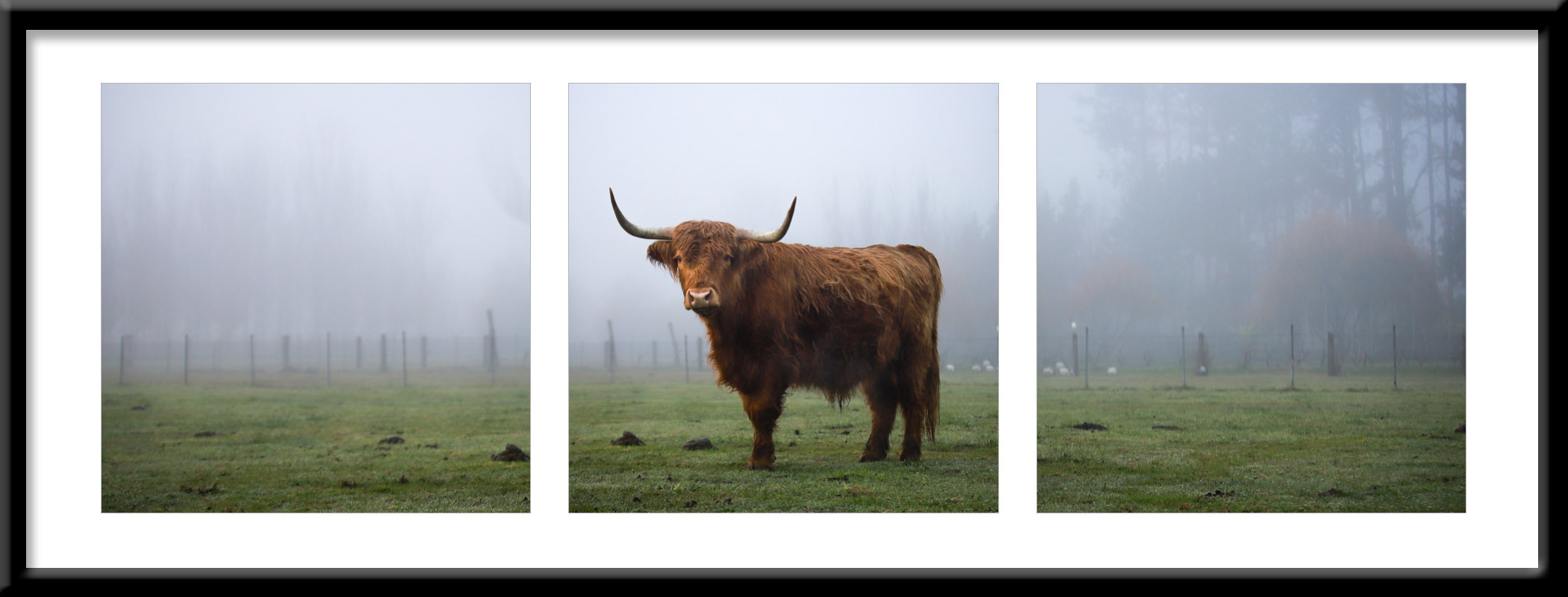

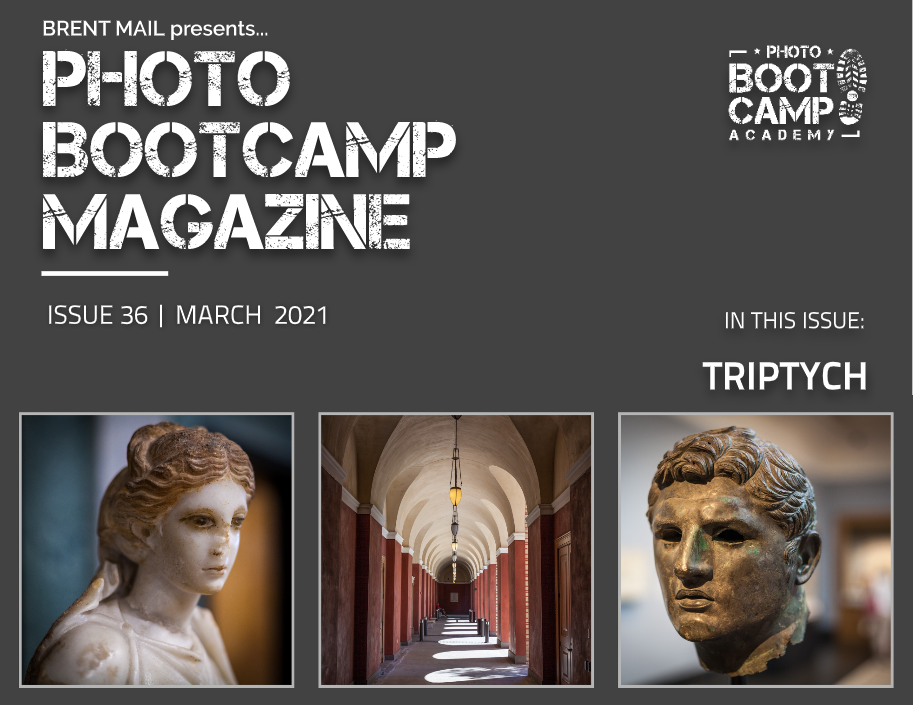

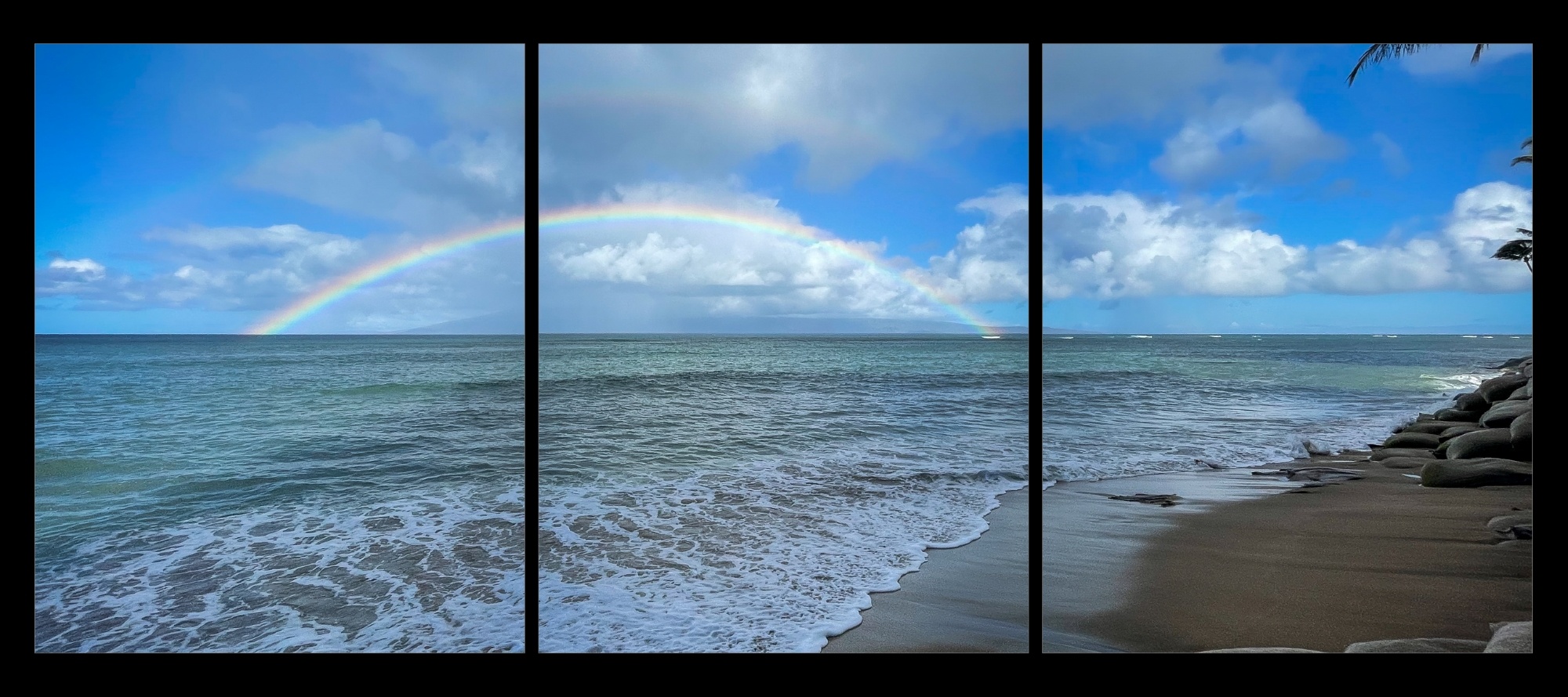


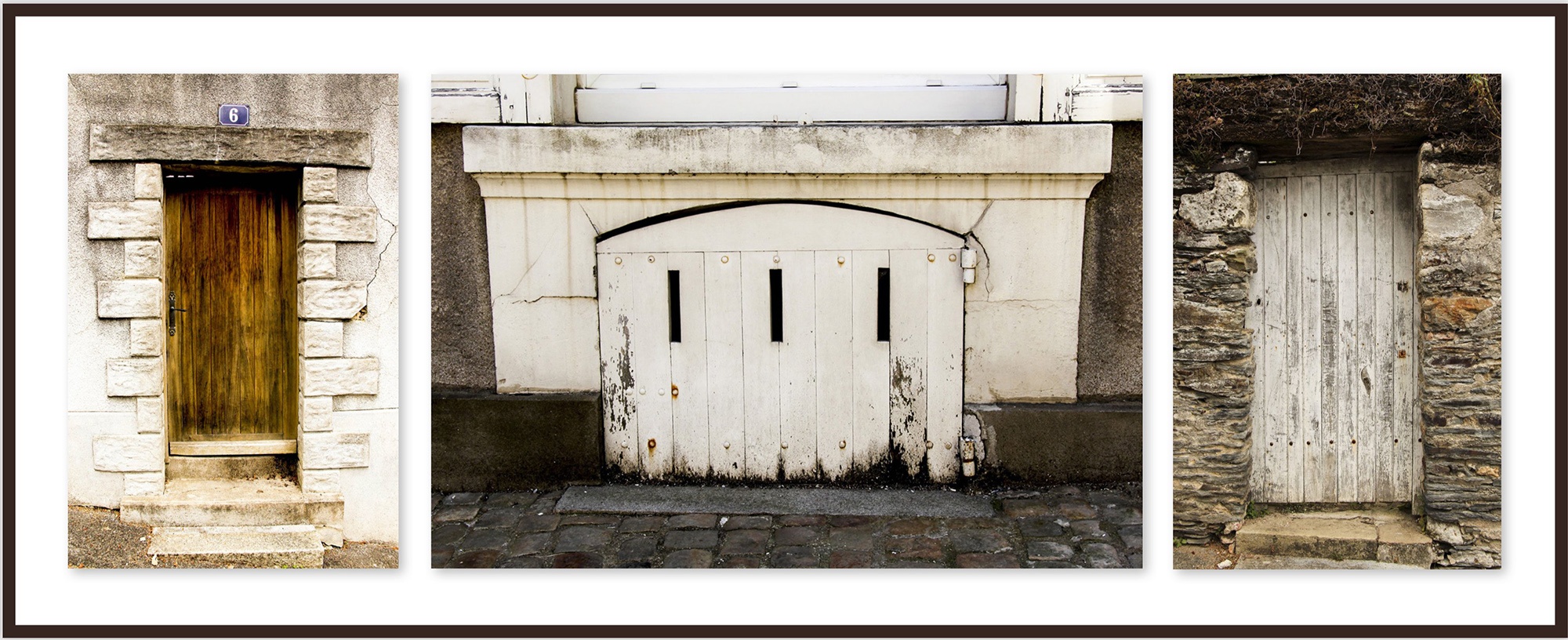
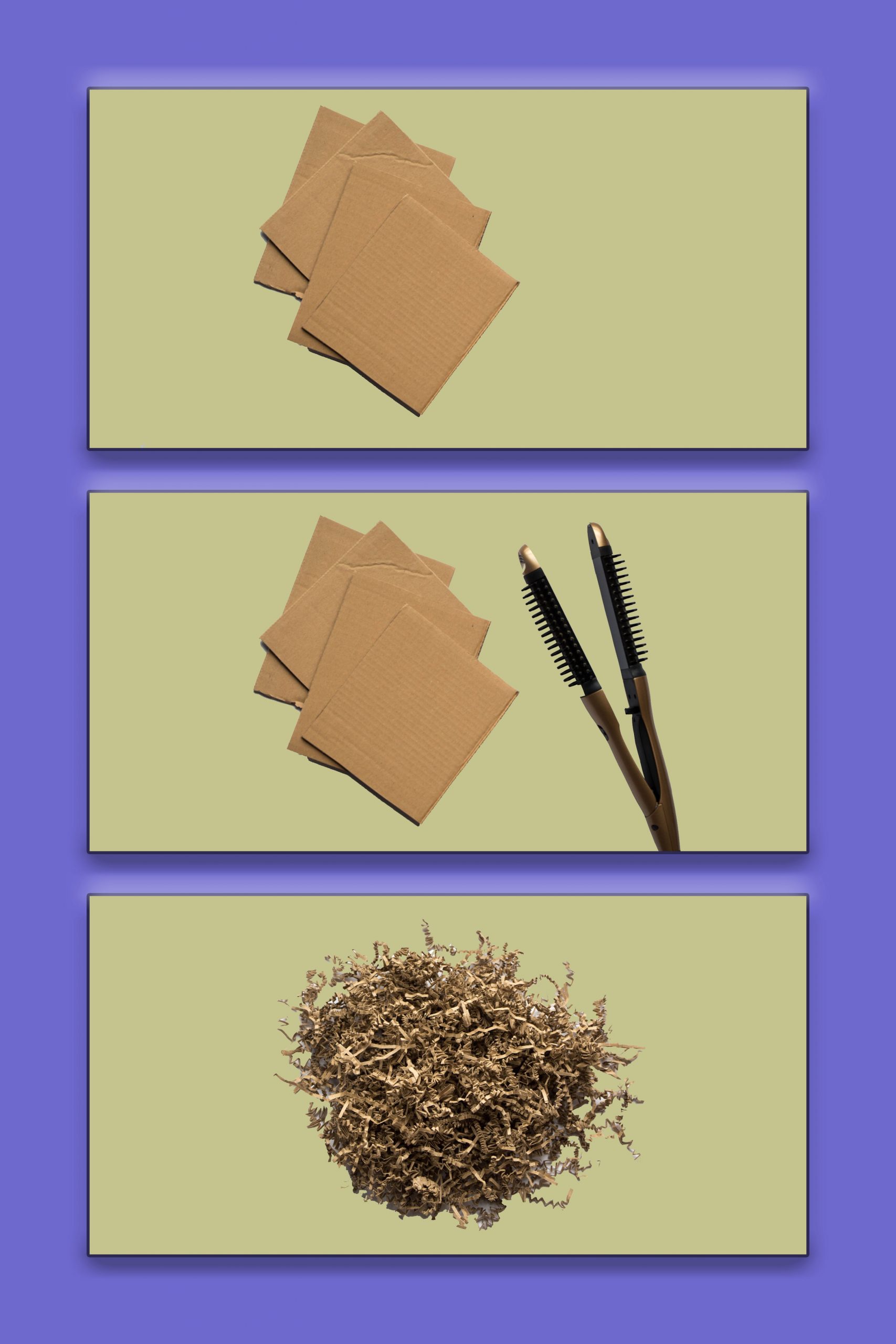
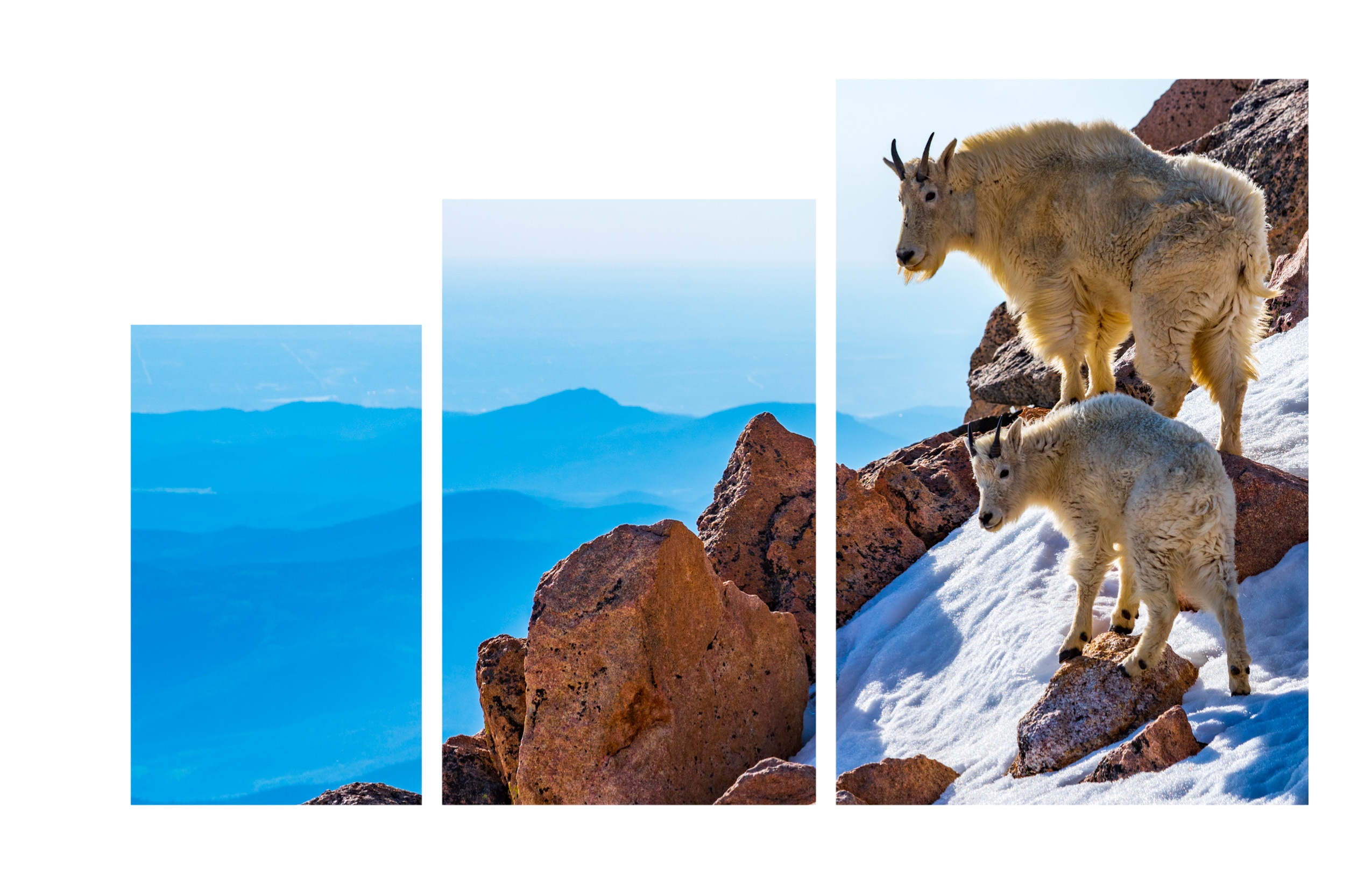
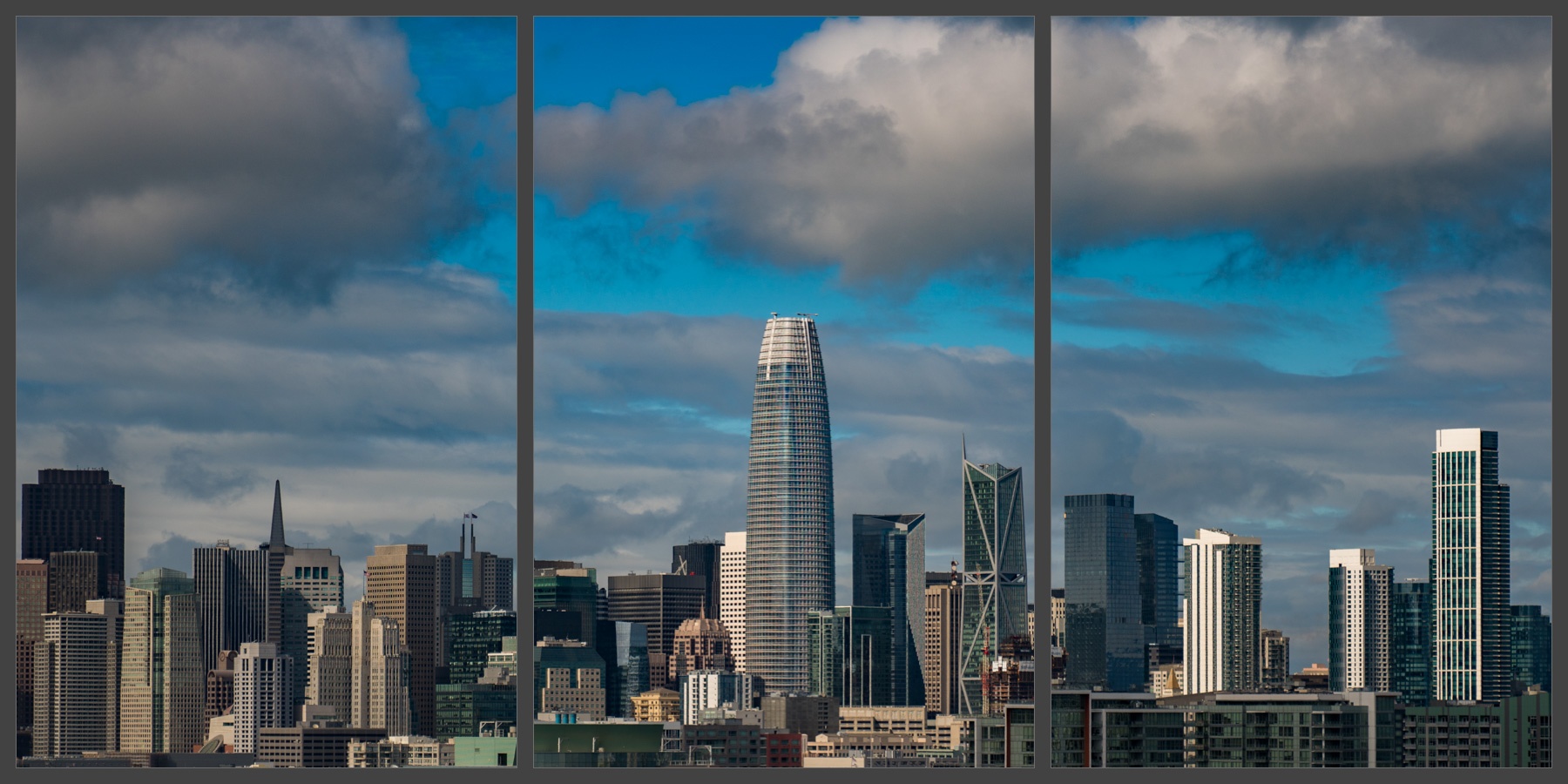
Congratulations to Brenda Potts for being the featured artist this month as well as Jane Prestegard for your super creative cover image. Well done! Brent